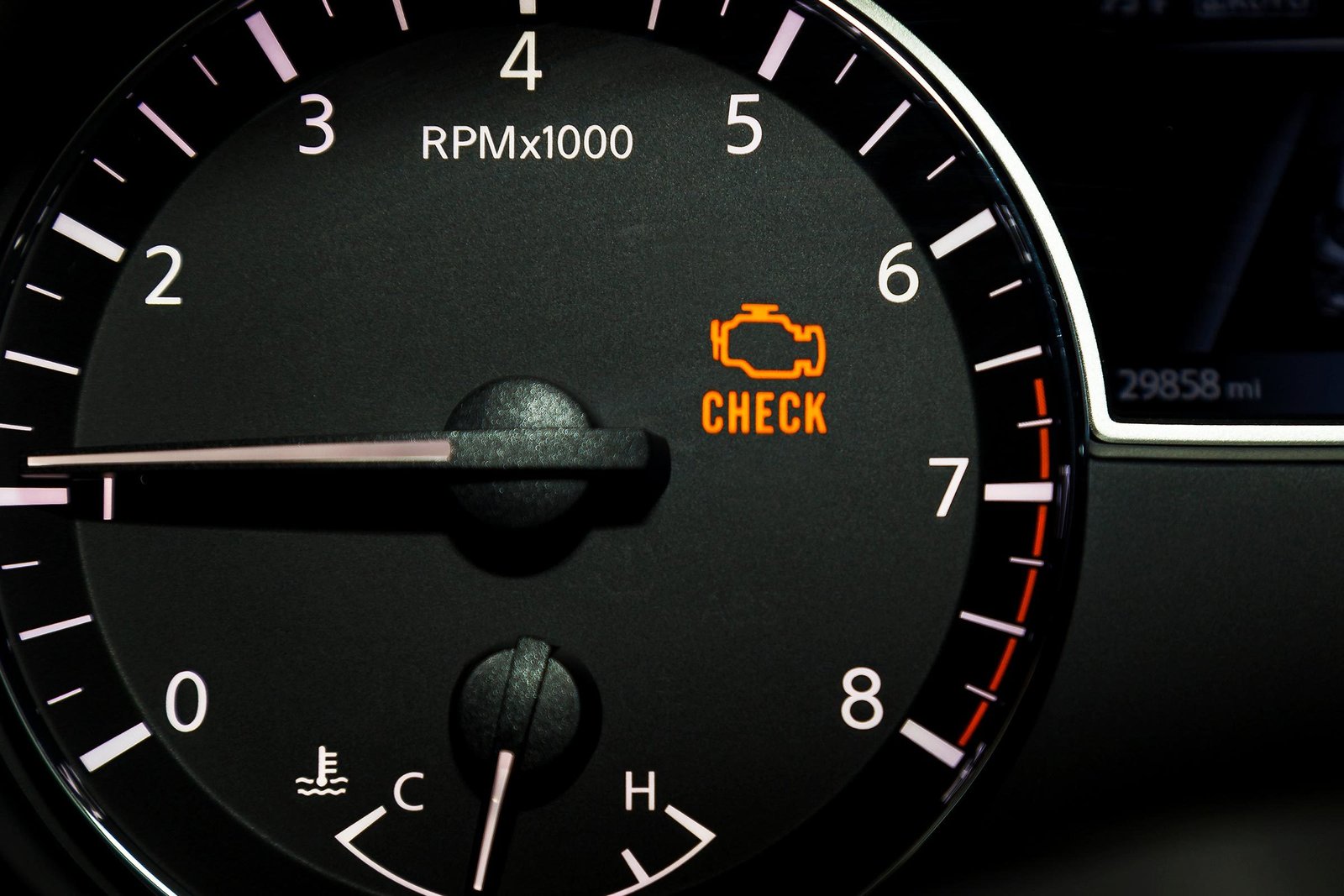Introduction: Decoding the Check Engine Light
The Check Engine Light, often abbreviated as CEL, is a ubiquitous dashboard indicator that can strike fear into the heart of any vehicle owner. While its presence may evoke concerns about potential issues under the hood, it’s essential to understand that the Check Engine Light can illuminate for a variety of reasons, ranging from minor hiccups to more significant problems. In this guide, we’ll specifically focus on Subaru vehicles, offering a comprehensive walkthrough on how to reset the Check Engine Light and providing insights into when it’s appropriate to do so.
I. Understanding the Check Engine Light: Causes and Concerns
1.1 The Check Engine Light Functionality
Before diving into the reset procedure, it’s crucial to grasp the Check Engine Light’s role in your Subaru’s diagnostics system. This section explores how the Check Engine Light functions as an indicator of potential issues within the vehicle’s engine or emission control system.
1.2 Common Causes of Check Engine Light Activation
The triggers for the Check Engine Light are diverse, ranging from simple issues like a loose gas cap to more complex problems within the engine or exhaust system. Understanding the common causes behind Check Engine Light activation helps demystify the potential issues your Subaru might be facing.
II. The Importance of Diagnosing First: OBD-II Scanners and Subaru Specifics
2.1 OBD-II Scanners: Your Diagnostic Ally
Before rushing to reset the Check Engine Light, it’s advisable to diagnose the specific issue triggering the indicator. This section introduces On-Board Diagnostics II (OBD-II) scanners and how they serve as invaluable tools in deciphering the fault codes associated with the Check Engine Light.
2.2 Subaru Specifics: Manufacturer-Specific Codes
Subaru vehicles often have manufacturer-specific codes that go beyond generic OBD-II codes. Familiarizing yourself with these Subaru-specific codes enhances your ability to pinpoint issues accurately, ensuring that you address the root cause of the Check Engine Light activation.
III. When to Reset the Check Engine Light: A Prudent Approach
3.1 Temporary Issues vs. Persistent Problems
Knowing when to reset the Check Engine Light involves discerning between temporary issues, such as a loose gas cap, and persistent problems that require professional attention. This section provides guidance on identifying scenarios where a reset is appropriate and instances when it’s crucial to seek further diagnostics.
3.2 Passing Emissions Tests: A Consideration for Vehicle Inspection
In regions where emissions tests are part of the vehicle inspection process, a reset may be a temporary solution to ensure the vehicle passes the test. However, it’s essential to understand the ethical and legal implications of resetting the Check Engine Light without addressing the underlying issues.
IV. How To Reset Your Subaru’s Check Engine Light: Step-by-Step Guide
4.1 Disconnecting the Battery: A Traditional Approach
One of the common methods to reset the Check Engine Light involves disconnecting the car battery. This section provides a step-by-step guide on safely disconnecting and reconnecting the battery to reset the Check Engine Light.
4.2 Using an OBD-II Scanner: A Modern Solution
As technology advances, so does the ability to interact with your vehicle’s diagnostics system. Using an OBD-II scanner is a more modern and precise method for resetting the Check Engine Light. This guide outlines the steps to connect the scanner and clear fault codes.
4.3 The Drive Cycle Method: Completing a Full Cycle
In certain cases, performing a drive cycle after addressing the underlying issue can automatically reset the Check Engine Light. This section details what a drive cycle entails and how it can be a natural way to clear the indicator.
V. The Importance of Addressing Underlying Issues: A Holistic Approach
5.1 Temporary Resets vs. Long-Term Solutions
While resetting the Check Engine Light may provide temporary relief, it’s crucial to recognize that it’s not a solution to underlying problems. This section emphasizes the importance of addressing the root cause of the Check Engine Light activation for long-term vehicle health.
5.2 Seeking Professional Assistance: When in Doubt
For complex or persistent issues, seeking professional assistance is paramount. Professional mechanics have the expertise and tools to diagnose and address intricate problems, ensuring the vehicle operates optimally and the Check Engine Light remains off for the right reasons.
VI. Preventive Maintenance: Reducing the Frequency of Check Engine Light Activations
6.1 Regular Maintenance and Inspections
Preventive maintenance is the key to minimizing the frequency of Check Engine Light activations. This section outlines the importance of adhering to your Subaru’s maintenance schedule and conducting regular inspections to catch potential issues before they escalate.
6.2 Quality Fuel and Gas Cap Etiquette
Simple practices like using quality fuel and ensuring the gas cap is securely tightened go a long way in preventing Check Engine Light activations. This subsection provides tips on fuel-related preventive measures to maintain your Subaru’s optimal performance.
VII. Conclusion: Mastering the Check Engine Light
As we conclude our comprehensive guide on how to reset your Subaru’s Check Engine Light, it’s crucial to approach this process with a balance of caution and knowledge. Understanding the Check Engine Light’s function, diagnosing issues with OBD-II scanners, and employing proper reset methods contribute to a holistic approach to vehicle maintenance.
Remember, while resetting the Check Engine Light can be a useful tool in certain situations, it should not be a substitute for addressing underlying problems. A responsible and informed approach to vehicle maintenance ensures your Subaru operates at its best, with the Check Engine Light serving as a guide rather than a source of anxiety on your automotive journey.



